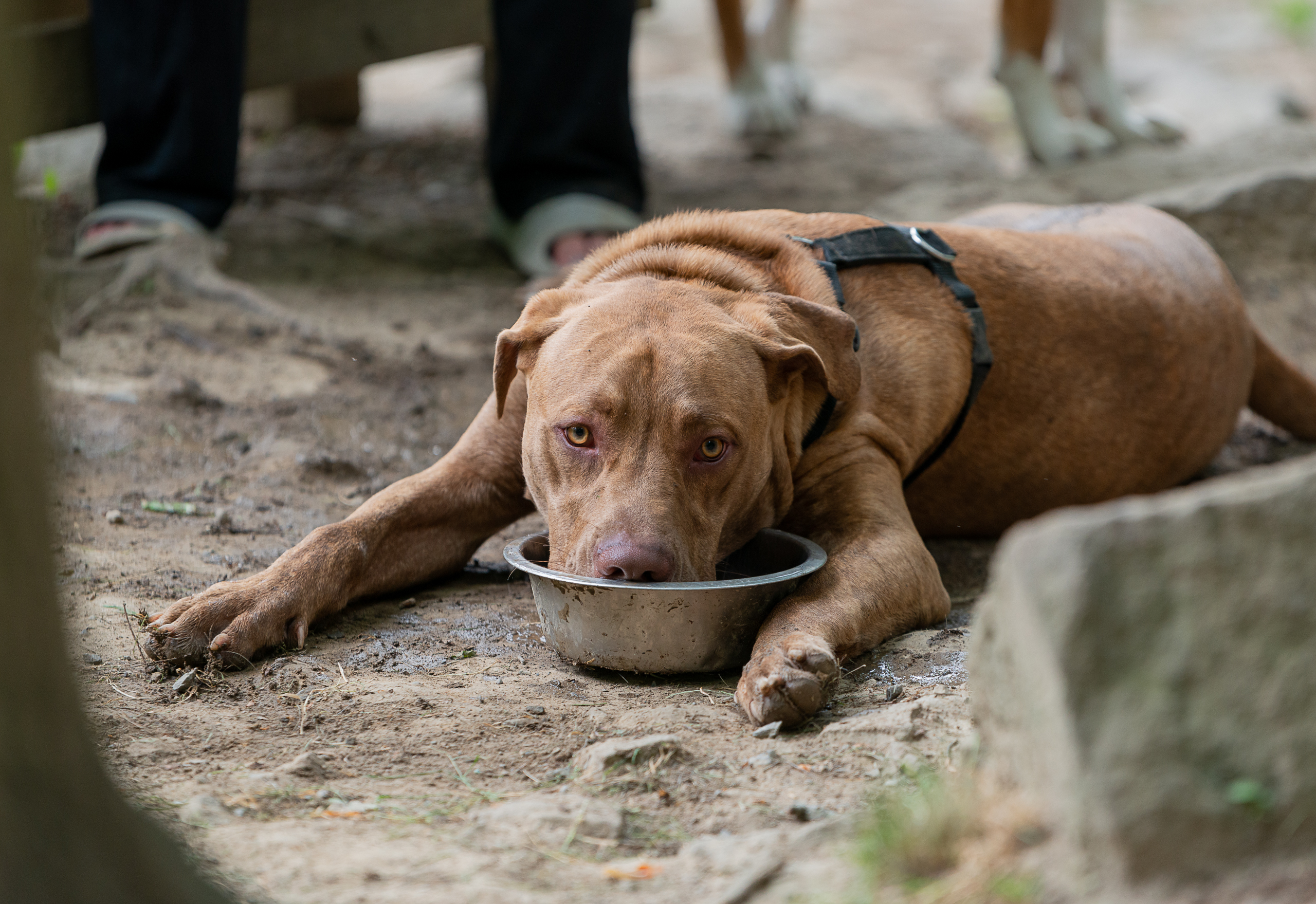Hotter temperatures can be dangerous for pets too, said veterinarian George Seiler of NVA Paw Prints Veterinary Clinic Inc. Morgantown.
So how do you know your best friend is suffering from the heat? Seiler said there are several ways to determine this. Signs include excessive drooling and panting; pale or blue mucus membranes — gums and the tissue around the eyes, Seiler said in an email to The Dominion Post.
Your pet may be unsteady on their feet and mentally fuzzy. They could also be dehydrated, so look for sunken eyes, dry nose and gums, he said. Other heat-illness signs in pets include:
Vomiting and, or diarrhea.
Agitation, muscle tremors.
Hyperactivity.
Muscle Weakness.
Loss of consciousness.
Rectal temperature above 103.5 degrees. Normal body temperatures for dogs and cats varies between
101 to 102.5 degrees.
The most common heat illness Seiler said he sees in his clinic is heat stroke.
“Move them to a cool area,” Seiler said. “Slowly cool them down by placing cool (not cold) wet towels at the case of their neck, armpits, belly and inside of their rear legs while transporting them to a veterinarian’s office.”
Seiler said the pet should not be placed in ice water because it needs to be cooled down slowly. Organ failure and clotting disorders occur if the pet’s core body temperature exceeds 107 to 109 degrees.
“You can wipe their footpads with alcohol,” he said. “Have them drink small amounts of cool water if able. Do not force them to drink as they may aspirate water into their lungs.”
At the clinic, the veterinarian will continue to cool the pet slowly. Seiler said the animal will then be placed on intravenous fluids to replace liquid losses and prevent shock.
If the pet is anxious, then sedation may be used to decrease body heat production and oxygen therapy may be given — if needed, he said.
Seiler said it’s important not to leave pets in a car. On a 90-degree day, the inside of a vehicle can reach
100 degrees in 10 minutes and 130 degrees in 30 minutes.
Pets should not be over exercised until they get used to the heat and take breaks to cool down. Always have water and shade available, he said. Overweight and short-nosed dog breeds are more susceptible to overheating.
“Panting is the main way pets control their body temperature,” Seiler said. “They only have a few sweat glands in their footpads and nose.”
TWEET @41Suzanne




